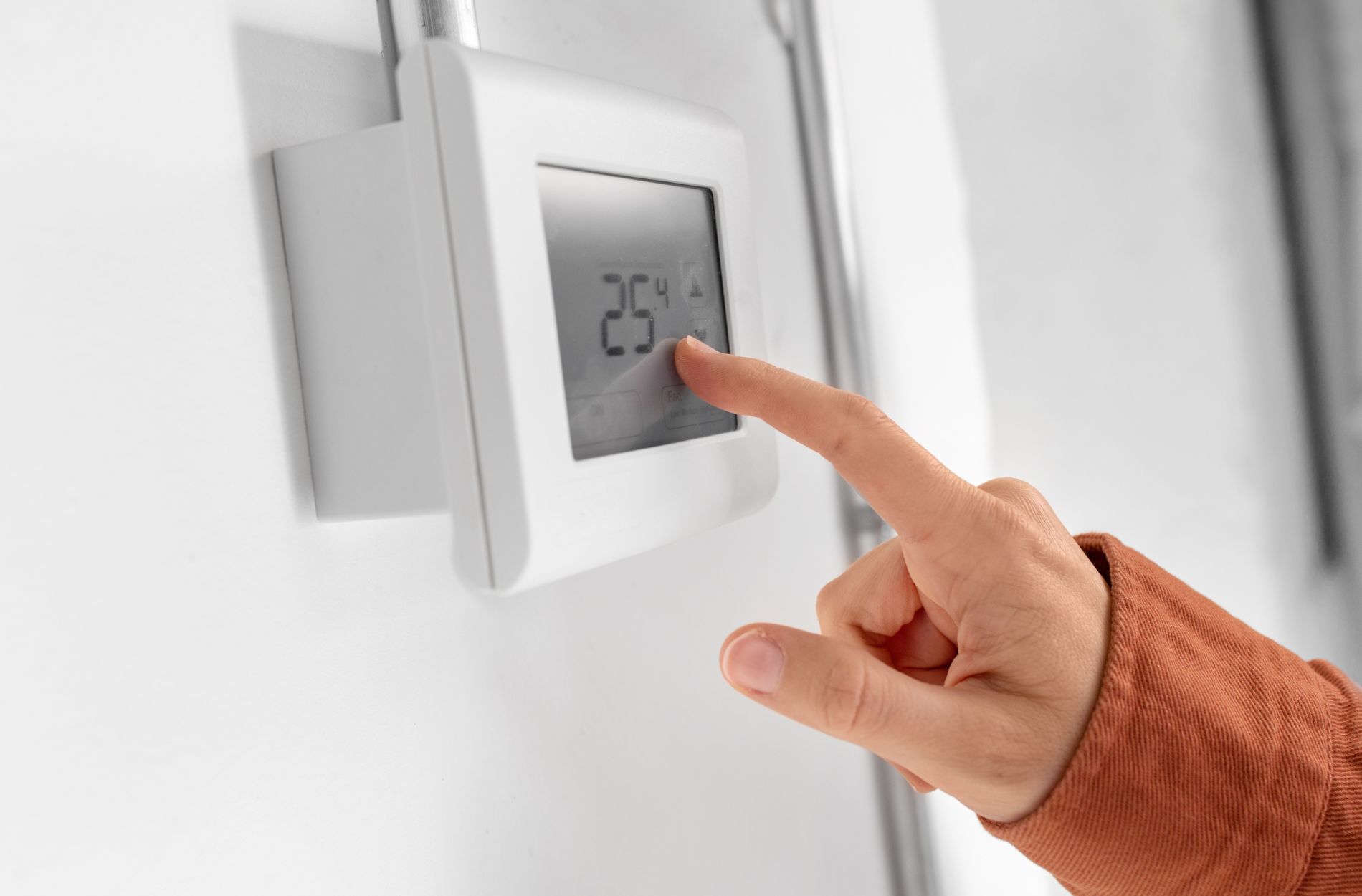Temperature control is a critical component in various sensitive environments like blood banks, tissue banks, hospitals, and pharmacies. Picture these facilities: each one teeming with life-saving materials that depend on strict temperature maintenance to remain viable. Whether it’s the precious blood in a blood bank or vital vaccines in a pharmacy, maintaining the right temperature is absolutely necessary. These settings rely heavily on technology to ensure everything stays as it should.
Enter electrical temperature sensors. These little devices play a big role in maintaining the correct conditions. They’re our silent watchers, always on duty, making sure that what needs to stay cold doesn’t get warm and vice versa. But what happens when these sensors, which are trusted to keep everything in check, deliver inaccurate readings? The consequences can be severe, risking the integrity of what’s stored and potentially endangering lives.
What Causes Electrical Temperature Sensor Inaccuracies
When dealing with electrical temperature sensors, several factors can lead to inaccuracies in readings, which can be troublesome for places relying on precise temperature control. Understanding these issues is the first step toward ensuring that sensors work as intended.
1. Sensor Placement: One common issue is improper sensor placement. If sensors aren’t placed correctly, they may not provide an accurate reading of the real environment. For example, placing a sensor too close to a cooling vent might suggest cooler temperatures than most of the storage area.
2. Environmental Factors: External conditions, such as humidity or airflow, can also affect sensor readings. In places like Durham, NC, where weather patterns change significantly, these environmental conditions can pose a challenge to maintaining accurate data.
3. Calibration Errors: Sensors need regular calibration to ensure they stay accurate. Skipping these routine checks can lead to inaccurate readings, which might go unnoticed until they cause a problem.
4. Faulty or Aging Equipment: Over time, sensors can wear out. Whether from daily use or exposure to fluctuating temperatures, old sensors might not function correctly, leading to potential issues in reading accuracy.
Understanding these causes allows institutions to take proactive measures to maintain sensor accuracy. By committing to regular maintenance and proper sensor placement, facilities can significantly reduce the likelihood of inaccurate readings and ensure a safer environment for the materials they store.
Signs Your Electrical Temperature Sensors May Be Inaccurate
Recognizing the signs of potential inaccuracy in electrical temperature sensors can prevent serious problems down the line. Here are some common indicators that your sensors might not be doing their job correctly:
– Fluctuating Readings: If you notice temperatures that swing widely without any apparent reason, it could signal a problem. This is especially concerning in blood banks where stable conditions are required for the safe storage of blood components.
– Inconsistent Data Logging: Unexplained gaps or anomalies in data logs can hint at sensor issues, potentially leading to compliance headaches during audits.
– False Alarms: When alarms go off without any actual change in temperature, it’s a red flag. Continuous false alarms can cause unnecessary stress and may lead staff to ignore real alerts.
An example of how this can happen is in hospitals. If a sensor gives false low-temperature alarms in a medication fridge, it might suggest that vaccines are compromised even when they’re perfectly fine, leading to unnecessary waste and resource strain.
Preventing Inaccurate Readings
Avoiding inaccuracies in your temperature sensors requires consistent effort and the implementation of good practices. Here are some ways to keep readings accurate:
1. Routine Maintenance: Establish a regular maintenance schedule to check sensor functionality. Make sure that any damaged parts are replaced promptly.
2. Proper Placement: To capture accurate readings, place sensors away from areas subject to rapid airflow or direct sunlight. Always position them to reflect the average condition of the space they’re monitoring.
3. Environmental Control: Regularly assess the surrounding environment for factors that might skew sensor readings, such as unexpected sources of heat or cold.
4. Periodic Calibration: Engage professional services to calibrate sensors at recommended intervals. Proper calibration is crucial for maintaining sensor accuracy over time.
5. Advanced Monitoring Systems: Consider systems that provide real-time updates, allowing for immediate response to any detected inaccuracies. These systems help ensure compliance with regulatory standards.
The Role of Automated Monitoring Solutions
Automated monitoring systems are invaluable when ensuring accurate readings from temperature sensors. These systems provide several features that greatly reduce the likelihood of inaccurate data:
– Real-Time Alerts: Immediate notifications of temperature deviations help catch problems early, allowing for swift corrective actions.
– Automated Logging: Consistent data logging removes human error from record-keeping, preserving an accurate history of conditions.
– Compliance Tools: These systems often come with built-in tools that assist in meeting compliance requirements by providing audit-ready reports.
By integrating automated monitoring solutions, facilities can better manage potential issues before they escalate, reducing risks associated with temperature-sensitive materials.
Ensuring Accurate Temperature Readings in Durham, NC
In Durham, NC, environmental factors such as seasonal humidity changes can affect temperature sensor accuracy. Addressing these unique challenges requires local strategies.
– Consider Local Climate: Be mindful of Durham’s climate variations, especially moving into hot summers. Adjustments may be needed based on local conditions that could affect indoor temperatures.
– Verification Processes: Implement verification processes to compare and confirm readings. This ensures that any discrepancies are quickly identified and corrected.
Taking these considerations into account helps facilities in Durham maintain dependable temperature monitoring, protecting sensitive materials as required.
Keep Your Systems Accurate and Reliable
Accurate temperature monitoring is key for maintaining the safety and effectiveness of the materials stored within healthcare facilities. Inaccurate readings not only threaten compliance but can also jeopardize patient safety and lead to unnecessary financial loss. By investing in proper equipment maintenance and leveraging advanced monitoring solutions, facilities can confidently maintain the integrity of their storage systems. Building a robust strategy around these practices ensures that blood banks, hospitals, tissue banks, and pharmacies can operate smoothly, knowing that their essentials are well-protected.
To maintain the integrity of your storage systems and ensure compliance with regulatory standards, rely on Qualified Controls for your temperature monitoring needs. Discover how electrical temperature sensors can streamline the process, providing reliable, real-time data to keep your facilities running smoothly.


